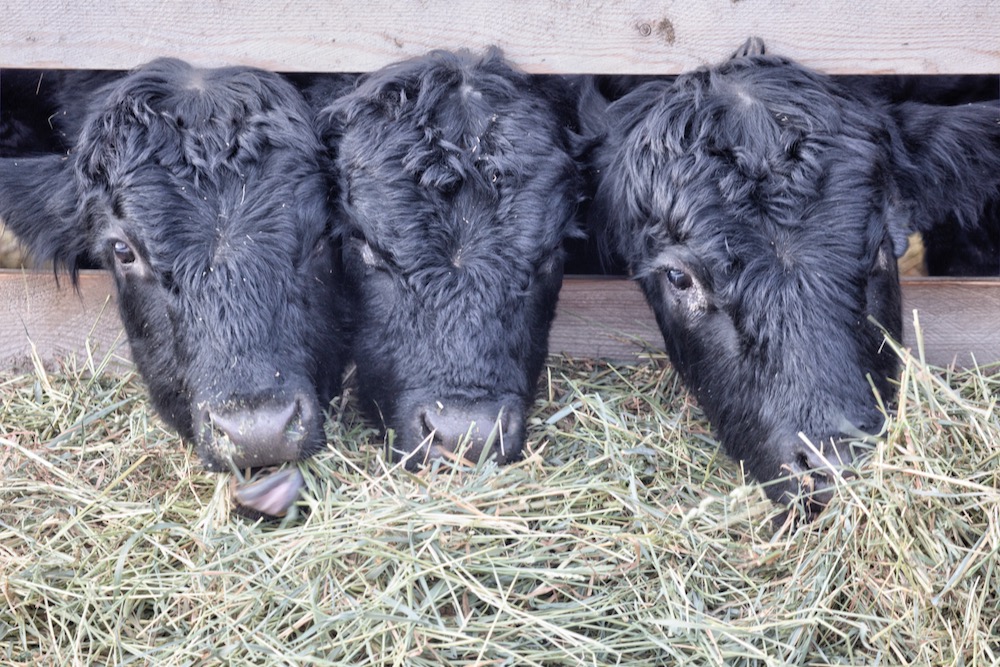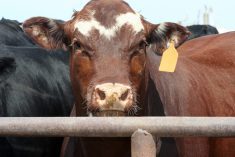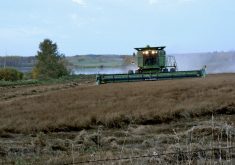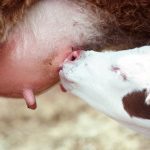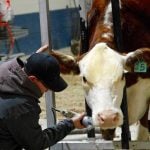Compared to last week, western Canadian yearling markets traded $4 lower to as much as $5 higher. Mid-weight feeder cattle traded relatively unchanged with strong demand noted on steers. Steer calves were firm, trading $2-$5 higher while heifer calves traded $4-$5 on either side of unchanged.
The market was hard to define for calves and there was a wide range of prices across the Prairies. Major feeding operations in Alberta are contending with a backlog of market-ready fed cattle supplies, which continues to limit demand for heavier replacements. On the flipside, there was an increase in lighter-weight feeder cattle placements last fall; therefore, market forecasts call for a year-over-year decline in yearling supplies from March through April. Some operations are stepping up before the yearling market heats up later in spring.
Read Also

Canadian Grain Commission to use surplus to avoid fee increases
The Canadian Grain Commission will continue to use its surplus to cover budget shortfalls and avoid potential fee increases until 2028, the federal agency announced Monday, Oct. 27.
North of Saskatoon, a larger group of black Limo mixed steers weighing 940 lbs. were valued at $182; south of Edmonton, Simmental-blended heifers averaging 920 lbs. with full health records with medium flesh levels on light grain diet were quoted at $167. Northwest of Winnipeg, a smaller group of Charolais-based steers weighing 830 lbs. reportedly sold for $198; tan heifers weighing 820 lbs. with heavier flesh dropped the gavel at $165. Closer to Lethbridge, larger-frame Angus-based steers weighing 875 lbs. were quoted at $190. There were certain pockets in Alberta and Saskatchewan where yearling demand suffered and the market was $2-$4 lower than last week.
Manitoba and Saskatchewan experienced adverse temperatures last week while southern Alberta weather was favourable for bringing in fresh replacements. Calf markets were premium in southern Alberta over other regions of Western Canada. Near Lethbridge, larger-frame black steers weighing 610 lbs. were valued at $240 and similar-quality heifers weighing 575 lbs. were quoted at $211. In central Alberta, mixed steers on light grain and silage ration with full health records weighing 615 lbs. dropped the gavel at $215. In central Saskatchewan, larger-frame red steers weighing 535 lbs. were quoted at $230. Mixed heifers weighing 620 lbs. were valued at $183 in southwestern Saskatchewan. Demand for heifer calves was rather sluggish across the Prairies as extreme temperatures resulted in a small risk discount.
The cooling of the Pacific Ocean (La Nina) tends to result in a cool and wet growing season across the Canadian Prairies. Analysts are expecting a recovery in Canadian barley production and a larger volume of feed wheat next fall. Pasture conditions will be in good shape throughout the spring and summer. This will result in strong demand for calves moving forward.
— Jerry Klassen is president and founder of Resilient Capital, specializing in proprietary commodity futures trading and market analysis. Jerry consults with feedlots on risk management and writes a weekly cattle market commentary. He can be reached at 204-504-8339 or via his website at ResilCapital.com.

